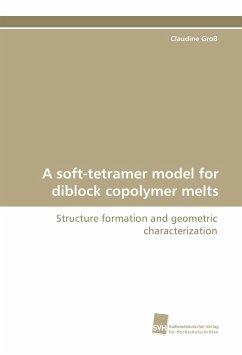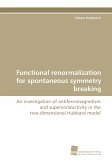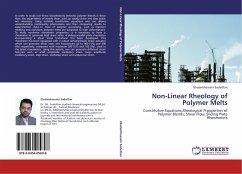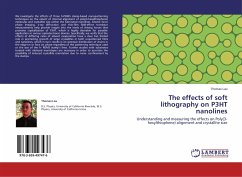The ability of block copolymers to spontaneously self-assemble into a variety of ordered nano-structures not only makes them a scientifically interesting system for the investigation of order-disorder phase transitions, but also offers a wide range of nano-technological applications. The architecture of a diblock is the most simple among the block copolymer systems, hence it is often used as a model system in both experiment and theory. We introduce a new soft-tetramer model for efficient computer simulations of diblock copolymer melts. The simplicity of the model allows to scan the control parameter space in a completeness that has not been reached in previous molecular simulations. We develop a novel method for the identification of the observed diblock copolymer mesophases that formalizes the usual approach of direct visual observation, using the characteristic geometry of the structures.
Bitte wählen Sie Ihr Anliegen aus.
Rechnungen
Retourenschein anfordern
Bestellstatus
Storno








